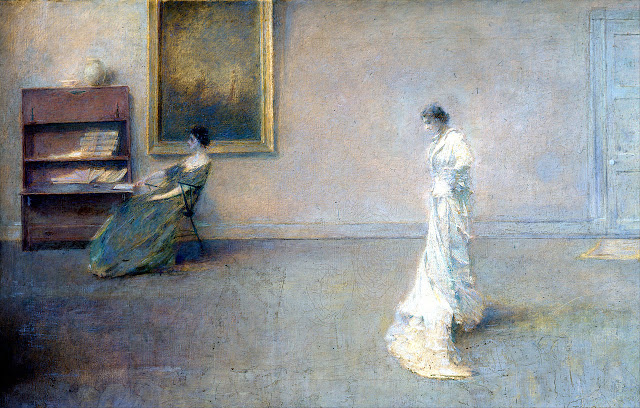 |
| Lucien Henry Waratah 1887 oil on panel Art Gallery of New South Wales, Sydney |
 |
| Francisco Goya Ways of Flying 1816 drawing Museo Lázaro Galdiano, Madrid |
 |
| Juan Gris Abstraction 1915 oil on canvas Phillips Collection, Washington DC |
"Visual art offers many different kinds of interest. Any attempt to argue that one kind is superior to all the rest regularly ends up as not much more than apology for one's own narrowmindedness. But what is possible, I think, and maybe necessary to criticism, is to identify a kind of interest that certain works of art have which marks them off from the forms of image-making all around them. (It is not the only kind of interest that even these works of art have to offer. It is just the kind that is peculiar to them.) Certain works of art, I should say, show us what it is to "represent" at a particular historical moment – they show us the powers and limits of a practice of knowledge. That is hard to do. It involves the artist in feeling for structures of assumption and patterns of syntax that are usually (mercifully) deeply hidden, implicit, and embedded in our very use of signs; it is a matter of coming to understand, or at least to articulate, what our ways of world-making most obviously (but also most unrecognizably) amount to. I think that such work is done with real effectiveness – and maybe can only be done – at the level of form. It is the form of our statements, and the structure of our visualizations, that truly are our ways of world-making – at any rate the ways that hold us deepest in thrall. That means there is a necessary (though of course not sufficient) relation between the intensity and complexity of a work of art's formal ordering and its success in pursuing the questions: What is it we do, now, when we try to make an equivalent of the world? And what does the form that such equivalence now takes tell us about the constraints and possibilities built into our dealings with Nature and one another?"
– T.J. Clark, from his classic book on the name and nature of pictorial Modernism, Farewell to an Idea (Yale University Press, 1999)
 |
| Johan Christian Dahl Smoke from Cannon-Shots 1831 oil on paper, mounted on cardboard National Gallery of Norway, Oslo |
 |
| Thomas Wilmer Dewing The White Dress 1901 oil on canvas Berkshire Museum, Massachusetts |
 |
| John Singer Sargent Corfu Cypresses 1909 watercolor Museum of Fine Arts, Boston |
 |
| Henri-Edmond Cross Promenade 1897 color lithograph Museum of Fine Arts, Houston |
 |
| Christoffer Wilhelm Eckersberg Colosseum, Rome View through three arches of the third story 1815 oil on canvas Statens Museum for Kunst, Copenhagen |
 |
| Ludvig Karsten Blue Kitchen 1913 oil on canvas National Gallery of Norway, Oslo |
 |
| Oscar Bluemner Oranges before 1938 watercolor Phillips Collection, Washington DC |
 |
| Lovis Corinth Flower-vase on table 1922 watercolor Albertina, Vienna |
 |
| Ernest Ludwig Kirchner Portrait of Otto Mueller 1915 color woodcut Art Institute of Chicago |
 |
| Paul Klee Hardy Plants 1934 oil on panel Minneapolis Institute of Art |
 |
| William Glackens East River Park ca. 1902 oil on canvas Brooklyn Museum |